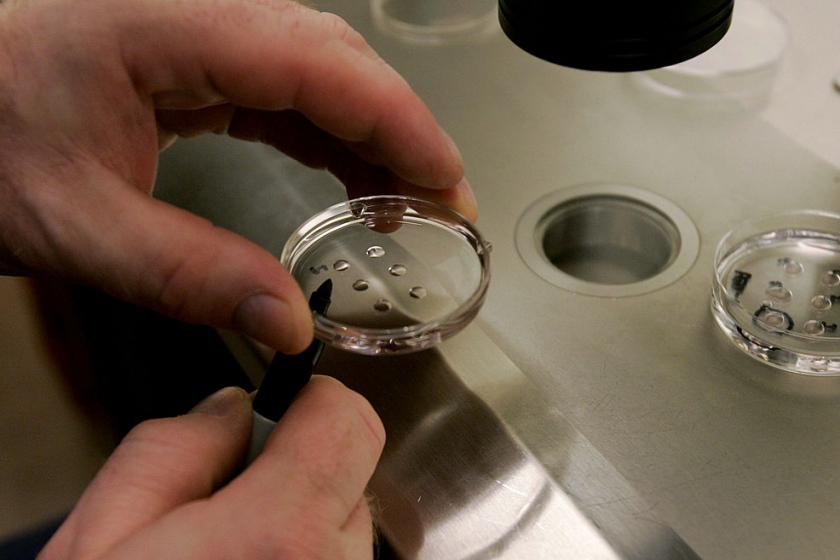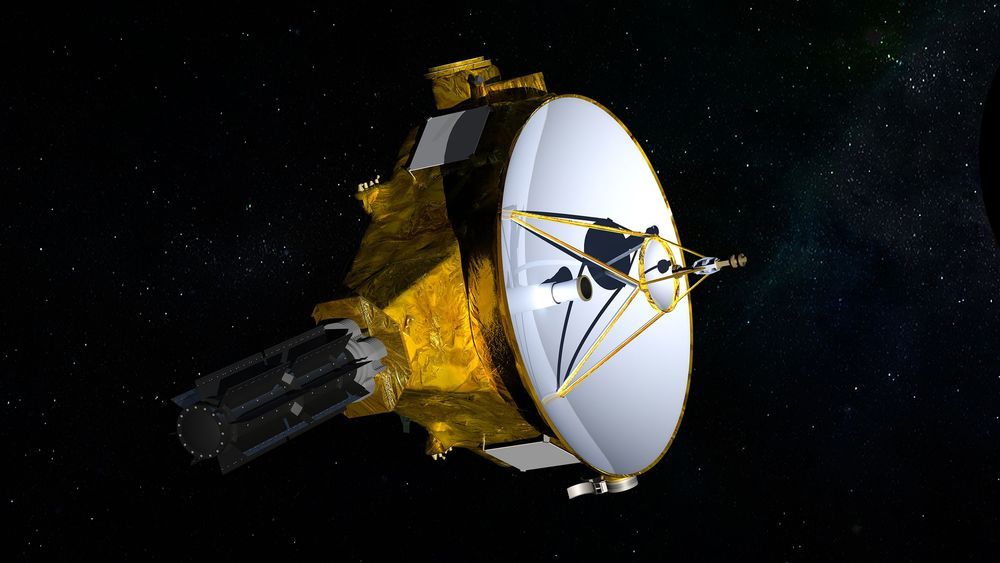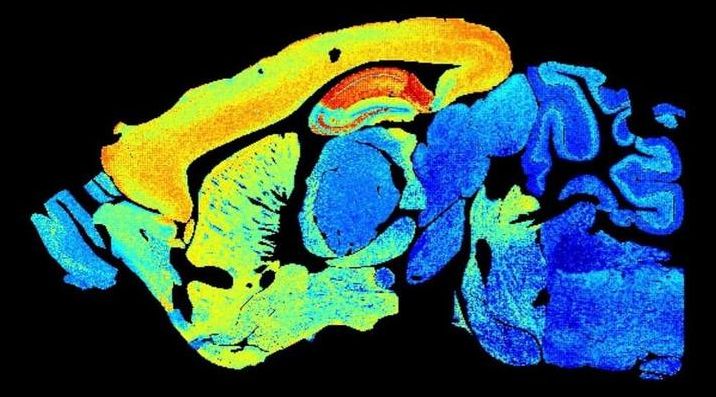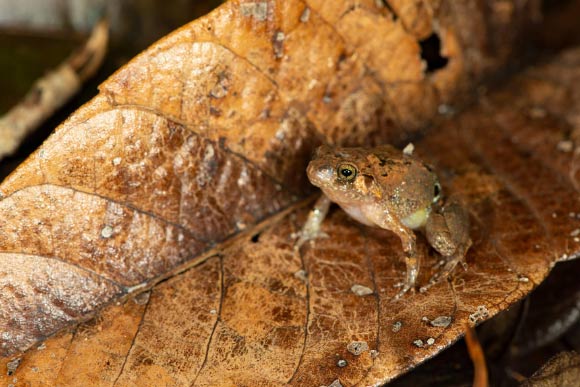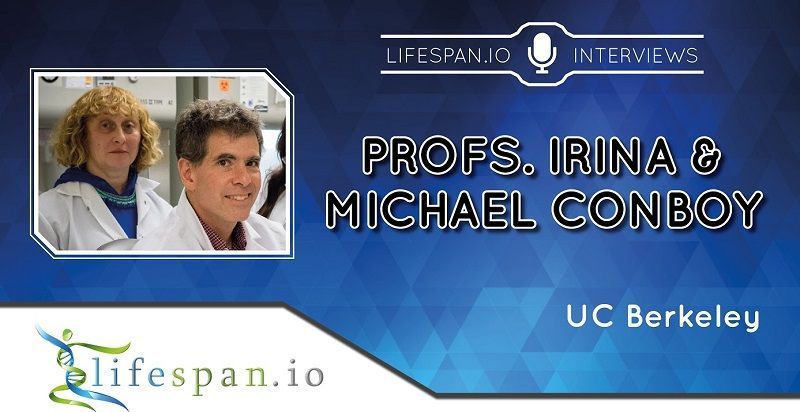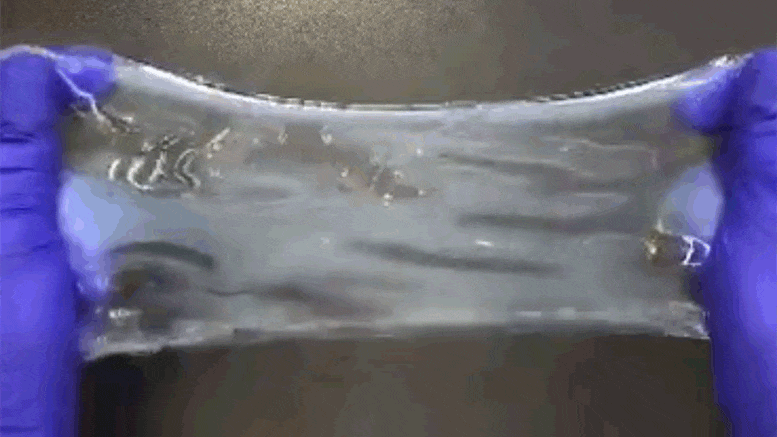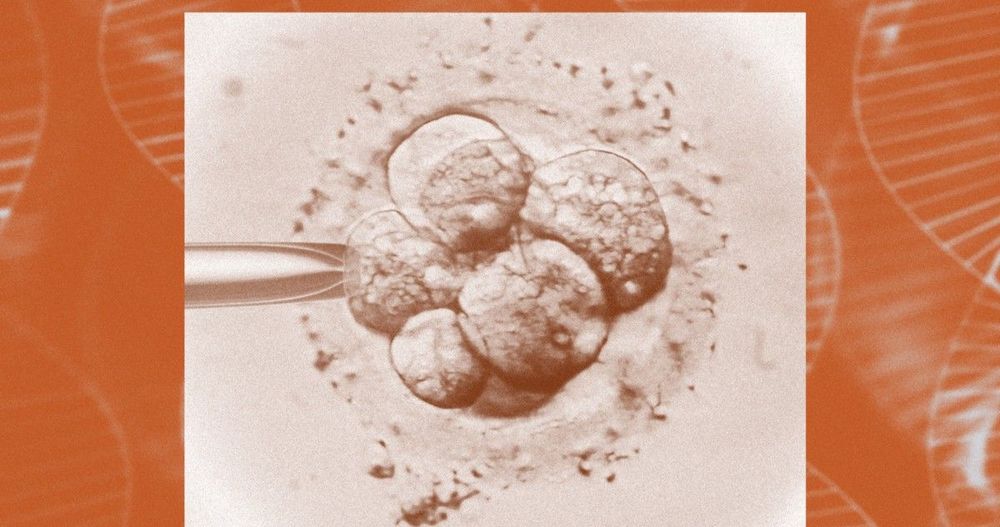Jun 16, 2020
New Horizons: Dietary protein, ageing and the Okinawan ratio
Posted by Omuterema Akhahenda in category: life extension
Nutrition has profound effects on ageing and lifespan. Caloric restriction is the major nutritional intervention that historically has been shown to influence lifespan and/or healthspan in many animal models. Studies have suggested that a reduction in protein intake can also increase lifespan, albeit not as dramatically as caloric restriction. More recent research based on nutritional geometry has attempted to define the effects of nutrition on ageing over a broad landscape of dietary macronutrients and energy content. Such studies in insects and mice indicate that animals with ad libitum access to low-protein, high-carbohydrate diets have longest lifespans. Remarkably, the optimum content and ratio of dietary protein to carbohydrates for ageing in experimental animals are almost identical to those in the traditional diets of the long-lived people on the island of Okinawa.

